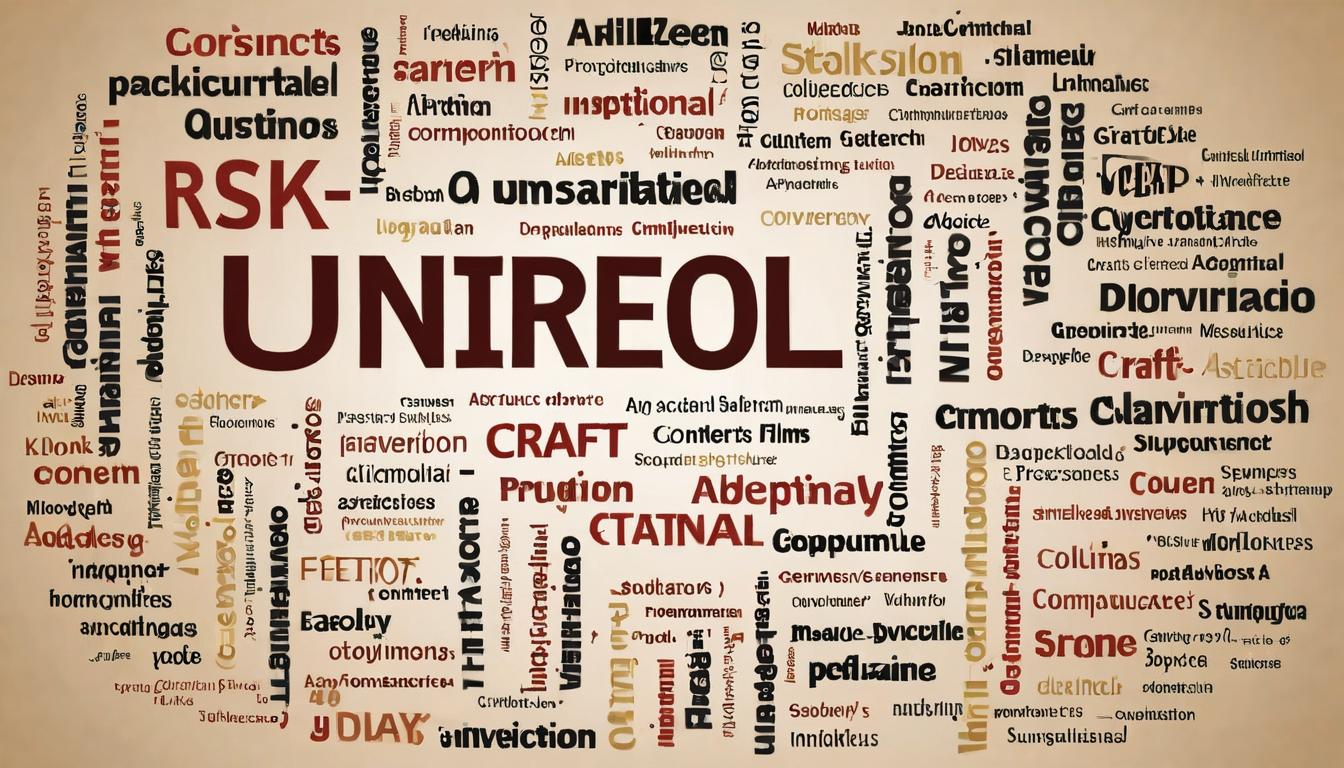There's a peculiar dissonance haunting Hollywood's streaming era. We're living through what should be cinema's most fertile period—more movies, more platforms, more access than ever before. Yet walk out of any theater or close any streaming app, and you'll hear the same refrain: "Nothing good to watch." This isn't just viewer fatigue; it's the logical endpoint of an industry that prioritized volume over vision, algorithms over artistry.
The numbers tell a confusing story. According to data aggregated across IMDb, Rotten Tomatoes, and industry trackers, we're producing more critically acclaimed films than any previous decade. The 2020s have already seen more movies scoring above 90% on Rotten Tomatoes than the entire 1990s. Yet audience engagement metrics from platforms like Letterboxd and social media analysis reveal a troubling trend: people are watching more but remembering less.
Variety's recent deep dive into streaming economics uncovered the root cause. The average development executive now greenlights projects based on completion rate algorithms rather than creative merit. A screenplay that might have been rejected for being "too challenging" in 2010 gets fast-tracked today if data suggests viewers will watch 78% of it before switching. We're not making bad movies—we're making forgettable ones, engineered to be just engaging enough to prevent subscription cancellation.
The indie film landscape reveals an even starker transformation. As IndieWire's festival coverage consistently shows, the Sundance and Toronto film festivals have become acquisition feeding frenzies where streaming services outbid each other for content that will disappear into their digital libraries without meaningful marketing. The $25 million acquisition that made headlines in January becomes the algorithmically buried title you can't find by July.
What gets lost in this content deluge is cultural impact. Think back to 1999—The Matrix, Fight Club, The Sixth Sense. These weren't just movies; they were conversations. They entered the cultural bloodstream and stayed there. Today, as Collider's year-end retrospectives note, even Best Picture winners struggle to maintain cultural relevance beyond their Oscar campaign cycles. The streaming model's emphasis on rapid content consumption has created a cultural amnesia where last month's critically acclaimed limited series feels like ancient history.
The international film scene offers a revealing counterpoint. Screen Rant's global box office analysis shows that non-English language films are experiencing unprecedented crossover success. Parasite, Everything Everywhere All at Once, RRR—these films broke through not because they fit algorithmic patterns, but because they defied them. They carried distinct directorial voices that couldn't be replicated by committee or data analysis.
Behind the scenes, the human cost of this content factory approach is mounting. Veteran cinematographers and editors report that streaming schedules have compressed post-production timelines by 40% compared to traditional studio films. The result isn't just rushed work—it's homogenized visual language. When every scene needs to be test-screened via algorithm, distinctive cinematography becomes the first casualty.
Perhaps most concerning is what this means for emerging filmmakers. The pipeline that once nurtured directors like Christopher Nolan and Greta Gerwig—working up from indie darlings to studio tentpoles—has been replaced by a system that either throws newcomers into franchise filmmaking or abandons them to the overcrowded indie market. The middle ground where original visions could develop has largely evaporated.
There are glimmers of hope. The recent success of films like Dune: Part Two and Oppenheimer suggests audiences still crave the theatrical experience when it offers something streaming cannot—scale, spectacle, and shared cultural moments. Meanwhile, platforms like MUBI and The Criterion Channel are proving there's appetite for curated quality over endless quantity.
The solution isn't returning to some mythical golden age, but rather rebalancing the equation. Streamers need to embrace what made cinema culturally vital in the first place: risk-taking, distinctive voices, and the understanding that some art needs time to find its audience. The algorithms should serve the art, not the other way around.
As we stand at this crossroads, the question isn't whether we'll have more content—that ship has sailed. The question is whether we'll have more cinema. The distinction has never mattered more.
The streaming paradox: Why Hollywood's golden age of content feels increasingly empty

